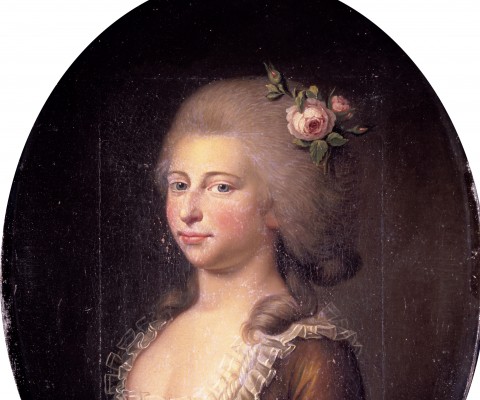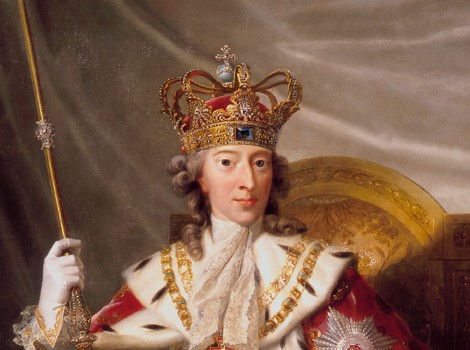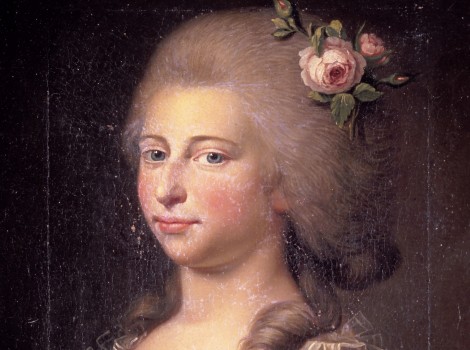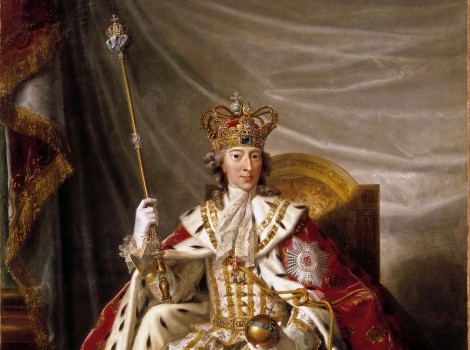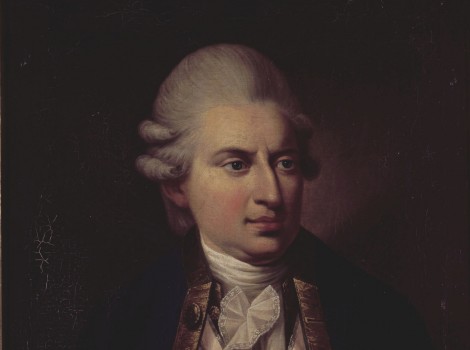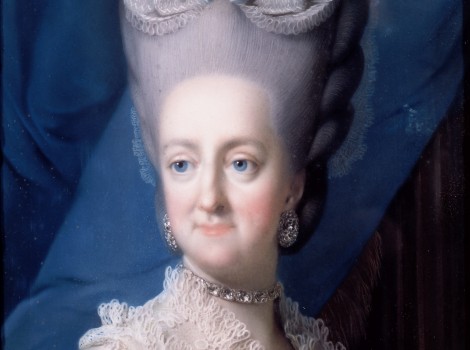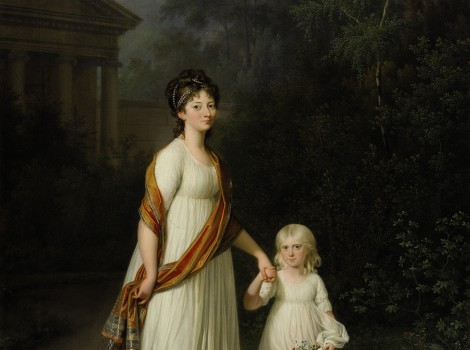Louise Augusta
In this portrait Princess Louise Augusta wears a brown dress with lace pleats along the square neckline and on the sleeves. She is decorated with Christian VII’s order, consisting of brilliants on a blue ribbon with silver and a red edge. The flowers are typical of the age’s focus on all things natural, and exemplifies that Jens Juel’s work in the portrait genre also reflected the evolution of society. His earliest portraits were partly characterised by the opulence of the rococo, while his later work distances itself from it, and the portraits become gradually more naturalistic. Juel was influenced by a bourgeois realism which was, however, adapted and toned down in step with his circle of customers being widened to society’s upper echelons.

 Dansk
Dansk
 English
English
 Deutsch
Deutsch

